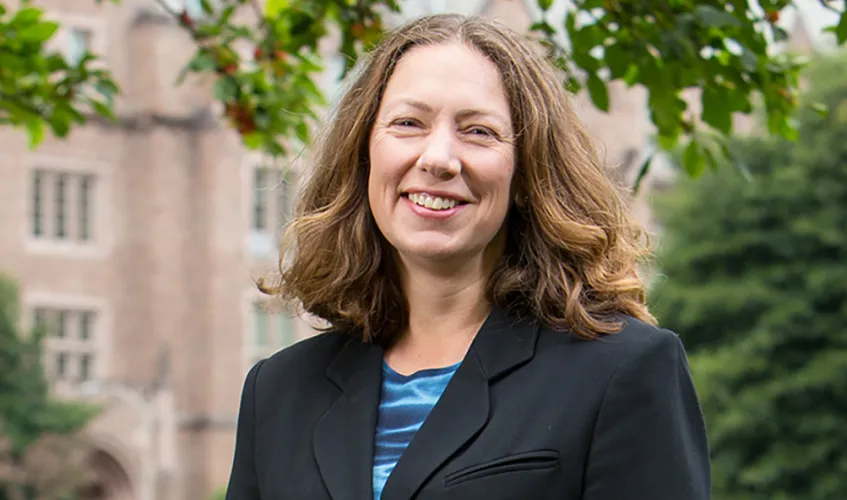June 11, 2018

 |
| Laura Lowes, Chair & William M. and Marilyn M. Conner Professor |
With the end of the academic year in sight, I have been reflecting on what I learned during my first year as department chair. What stands out is the incredible breadth of research, education and service activities undertaken by CEE faculty, students and staff. I am amazed at the impact, both local and global, that our department has on the world.
To meet growing demand, the diversity of CEE program offerings continues to grow as does the size of our student body. Last fall, we launched a second undergraduate program, the Bachelor of Science in Environmental Engineering degree, which will enable us to significantly expand our undergraduate class size in coming years. Our graduate degree programs also continue to expand with the upcoming launch this fall of a fourth online graduate degree program, a Master’s in Energy Infrastructure. Our Ph.D. program is thriving, with 100 students studying a variety of topics from air quality near airports to the use of climate and weather modeling to improve hydropower production. In recognition of the quality of our graduate programs, both the civil engineering and environmental engineering programs were ranked 17th by U.S. News and World Report.
Beyond a wealth of degree options, students supplement their studies with educational experiences around the world. UW CEE is unique in the number of faculty-led study abroad programs offered. This edition of The Bridge highlights a new offering, the Grand Challenges Impact Lab: India, developed by professor Julian Marshall. Our long-standing study abroad programs offer students the opportunity to travel to Jordan to learn about water quality or to visit Rome to learn about civil infrastructure during the past 3,000 years. In addition, the Valle Scholarship and Scandinavian Exchange Program promotes the exchange of graduate students between UW and schools in Nordic countries, and through the UW Chapter of Engineers Without Borders students are working to bring running water to a small Nicaraguan village.
To showcase our global reach, we recently launched the Student Global Research Map. I encourage you to visit the map to learn about student projects around the world, such as Ph.D. student Maddie Smith, who traveled to both polar seas to collect data on the role of waves in sea ice formation, which will be used to better understand the distribution of heat on our warming planet.
In closing, I offer my congratulations to this year’s graduates and wish them much luck in their future endeavors.
Laura Lowes
Chair & William M. and Marilyn M. Conner Professor